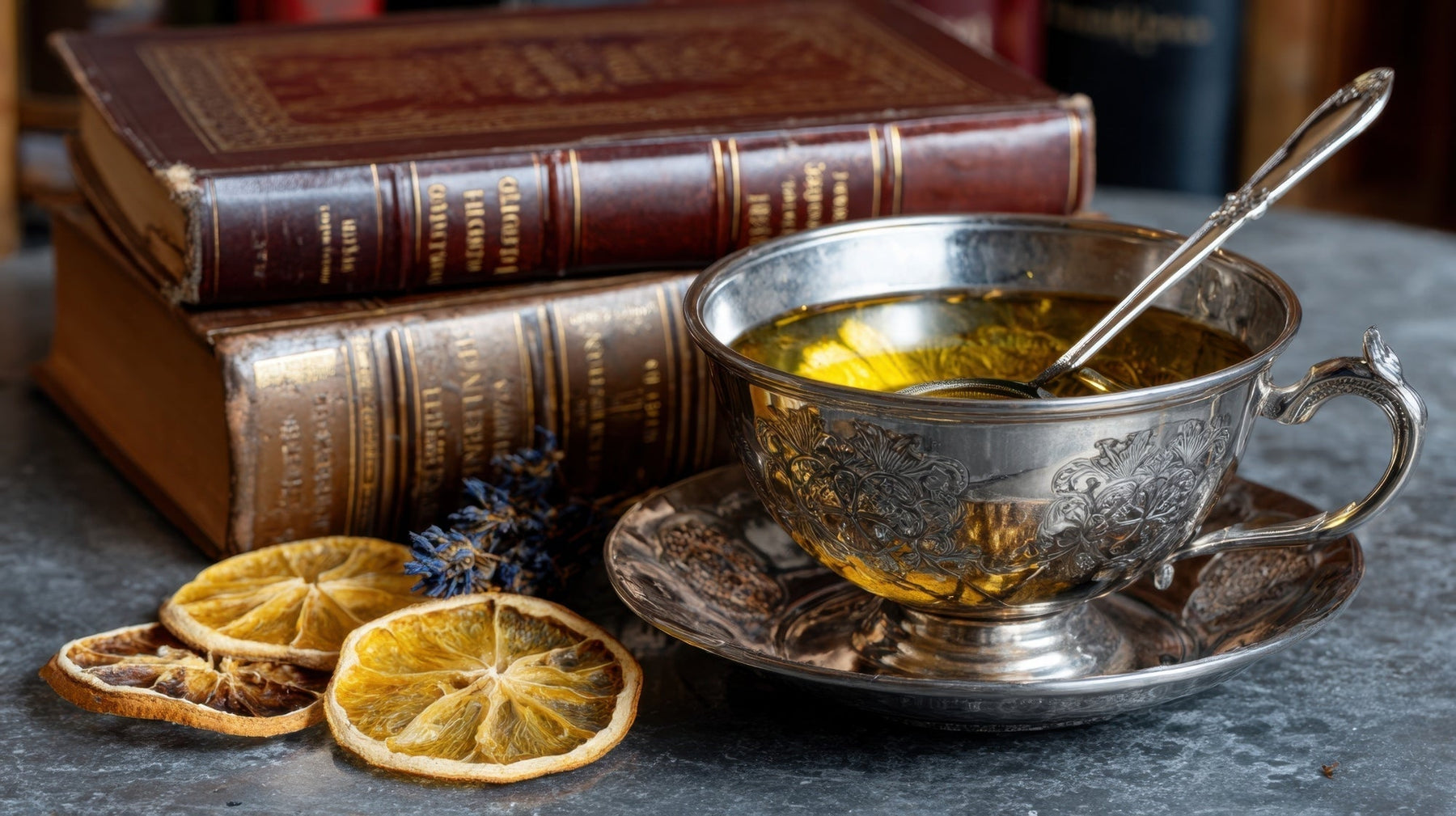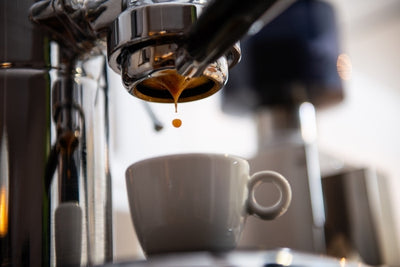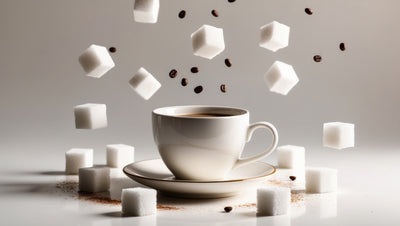
Steeped in Tradition: The History of Tea Drinking in Great Britain
Few beverages are as closely associated with a national identity as tea is with Great Britain. Like red busses, bowler hats and chocolate box villages, tea is decidedly British. Except that it isn’t, of course! Tea is an imported commodity. But one that has been absorbed into the culture of the nation in all its forms.
Whether it's the comforting ritual of a morning cuppa or the refined elegance of afternoon tea, tea has long been embedded in the British way of life. This now-ubiquitous drink boasts a history as rich and complex as its flavour.
From the East to Europe
Tea did not originate in Britain. Its story begins in ancient China, where it was consumed as early as 2700 BCE for medicinal and ceremonial purposes. It wasn’t until early in the 17th century that tea made its way to Europe via Dutch and Portuguese traders, who had discovered it in the Chinese imperial courts.
The arrival of tea in Britain
Tea first appeared in Britain in the 1650s and was first advertised in 1657 by Thomas Garway. It was sold in London coffee houses as an exotic and expensive novelty. It was introduced under the name “tay” or “cha”, depending on its route to Europe. At this time, tea was costly and so was consumed mainly by the elite.
A key turning point came in 1662, when Catherine of Braganza, the Portuguese wife of King Charles II, brought her love of tea to the English court. Her fondness for the drink quickly made tea fashionable among aristocratic women, setting the stage for a national obsession.
When tea became mainstream
By the early 1700s, tea had become a household staple among the British upper and middle classes. The creation of the British East India Company’s trading routes to China ensured a more regular supply of tea, though it remained a heavily taxed and expensive commodity.
To make the luxury more accessible, tea was often smuggled into the country illegally. A thriving black market developed, with illicit blends often mixed with other leaves or even toxic substances.
This problem persisted until 1784, when Prime Minister William Pitt the Younger dramatically reduced tea taxes through the Commutation Act, making tea more affordable and eliminating the smuggling crisis. From then on, tea drinking began to reach all levels of society.
Tea in the Victorian era
The Victorian period marked the golden age of British tea culture. In 1840, Anna Russell, Duchess of Bedford, introduced the custom of afternoon tea—a light meal with sandwiches, cakes, and of course, tea—to stave off hunger between lunch and a late dinner. The practice quickly spread and became a social institution.
"There are few hours in life more agreeable than the hour dedicated to the ceremony known as afternoon tea."
— Henry James, The Portrait of a Lady (1881)

Tea eventually became central to domestic life, particularly among women, and was associated with notions of politeness, respectability, and refinement. Tea sets, tea rooms, and tea dances all became fixtures of upper- and middle-class culture.
Empire and industry
Britain’s thirst for tea grew to the point that the government and merchants sought alternative sources beyond China. In the 19th century, tea plantations were established in India (Assam and Darjeeling) and Ceylon (now Sri Lanka), regions that were under British colonial control. The first shipment of Indian Assam tea to Britain took place in 1839. These new sources of tea diversified the British palate and reduced dependence on Chinese imports.
The British Empire, with its vast global reach, helped make tea a truly international commodity. It became part of daily life not only in Britain, but throughout British colonies.
20th century to present
During the 20th century, tea solidified its place in British culture. The invention of the tea bag in the early 1900s, though American in origin, revolutionized tea preparation and made the drink even more accessible and convenient.

After World War II tea become a symbol of comfort and stability in Britain and was associated with the “Keep Calm and Carry On” spirit of the nation. Rationing did little to dampen its popularity, and government efforts were made to maintain tea supplies even during wartime.
In recent decades, British tea culture has evolved. New trends have developed including the drinking of herbal infusions, green teas, and specialty blends. Yet traditional black tea with milk remains the cornerstone of most British tea drinking.
More than merely a brew
In Great Britain, tea is far more than a beverage. It’s intrinsic to society, a ritual and historically symbolic. From royal courts and colonial plantations to family kitchens and high street cafés, tea drinking has shaped and has been shaped by British society for over three centuries. Whether sipped alone or shared in company, tea remains a quiet but powerful reflection of the nation’s history and character.
"You can never get a cup of tea large enough or a book long enough to suit me."
— C.S. Lewis



Leave a comment